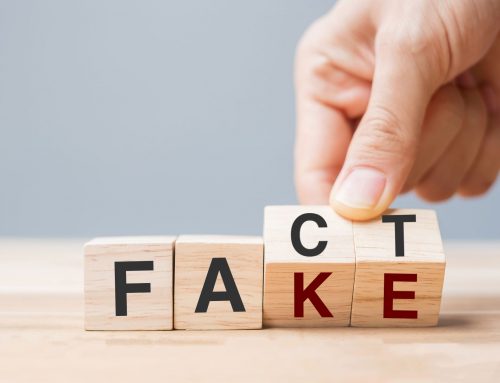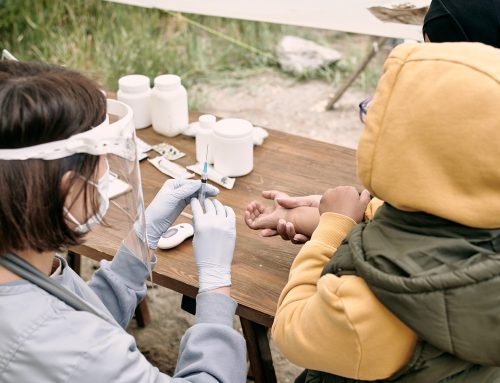Listen to the entire story on the Sustainability Unwrapped podcast by Hanken School of Economics
The EU waste directive mandates the member states to establish a separate collection of used textiles by the year 2025. Finland is aiming to start textile collection earlier, by the year 2023, which is 1,5 years from now. To achieve this, Finland will have to develop a network of local network of local textile collectors and textile sorting facilities build and test the textile processing factory, and find ways to utilise recycled textiles. Considering this ongoing change, we interviewed Emppu Nurminen from Nextiili, the organisation from Tampere which is part of the textile collection pilot taking place now.
Anna: Why has Nextiili decided to join the pilot of the national collection system for used textiles?
Emppu: We have been collecting and sorting used textiles in Tampere already for five years now. This is what we do – we have a wide range of possibilities for textile reuse, and we have some previous experience in sorting used textiles for recycling. So, for us, this is a natural continuum.
Our “why” is simple: we want to be a part of the solution. We see massive amounts of textiles which are non-reusable in their primary condition. Along with the excessive production of textiles from virgin materials, a lack of recycling practices for non-reusable textiles creates a large ecological and humanitarian problem. It is estimated that Finnish households produce over 70 million kilograms of waste textiles every year. If most of this amount ends up in energy waste, we lose the fruits of the vast number of resources that have been put to an article of clothing such as, for example, over 10 000 liters of water to make one pair of jeans.
Anna: We are now addressing both textile reuse and recycling. In my work, I sometimes come across situations and information sources where these two words are used interchangeably. As we talk about different collection purposes and conditions of textiles, it could be necessary to draw a clear line between textile reuse and recycling. But also, to understand, what is the focus of the national collection system?
Emppu: True, recycling as a term is commonly used to encompass everything that has to do with getting used materials to end up anywhere besides the trash. However, recycling has its specific meaning; recycling means that the material of a used article of textile is utilised as a raw material for a new product. This means that, let’s say, your jeans, when they are recycled, are broken down into cotton fiber which is collected and then used as material for something else. The national collection of used textiles concerns recycling in this sense.
So, let’s clarify about reuse. When you think of the word recycling, it is likely you are thinking about reuse. Reuse is when someone is using your old jeans still as jeans, and they serve a new owner for their original purpose, as pants. Often, using the product for a new purpose – but without breaking the product down to the material level – is also considered as reuse. This is when you make, for example, a denim skirt or a bag out of your old pair of jeans. In Finnish waste law, reuse is prioritised over recycling: it is more ecological – and often more profitable – to reuse as much as possible of used textiles and only after that to focus on recycling.
The national collection system for used textiles will hopefully enlarge the collection network also for reuse. We want to be part of the separate collection because we think that at Nextiili we have a good model of combining these two collection purposes (for reuse and recycling). We believe this is much easier for consumers and provides more possibilities for reuse. We also emphasise local reuse of textiles.
Anna: What are the possible ways of reusing locally those textiles that cannot be sold in the second-hand store?
Emppu: Of course, the bread and butter of textile reuse is selling used textiles as second hand. We also have our own vintage store where we sell clothes and textiles that are dated, in general, before the 2000s. Vintage is a big trend right now; at Nextiili, we are fortunate to have a dedicated and skilled customer base. Thus, we are also able to sell vintage clothes that are in some minor or even intermediate states of disrepair.
Besides a vintage selection of clothing, our store also offers secondhand fabrics, yarns, handicrafts and sewing supplies such as buttons and zippers. As far as we know, this is unique in Finland at least on our scale. Another specialty of ours are made to order collections for entrepreneurs and for charitable purposes. This means that an entrepreneur working with secondhand materials can contact us and request a collection of specific types of articles that cannot be found from our store according to their wishes.
These are only the reuse possibilities that produce some income for us. Besides that, because we are a nonprofit organisation and because people donate their used textiles to us, we want to place an emphasis on giving back to the local community. This focus on local reuse is the golden thread that we at Nextiili are built around and want to develop even further. We receive made-to-order collections from charities. We donate to mother and child homes, centers for people struggling with drug addiction, and for other social centers. We also donate materials to animal shelters, theatre productions, school plays and decorations for celebrations of different associations, just to name a few. In these cases, the material must be in a condition that it is not possible to sell it all the while being in perfectly good condition for its intended new application. We also have an agreement with the city of Tampere that schools can pick up materials for their textile craft sessions each semester. A similar kind of agreement is in place with a local vocational institute Tredu for students of textiles and fashion study programs.
Anna: It is fantastic how many reuse possibilities Nextiili can offer for used textiles. It also seems that a big transformation is upcoming in the way we treat used textiles and manufacture new textile products. Hopefully soon we will see more closed-loop solutions and strengthen the reuse of textiles.
Emppu: Yes, the big wheels are turning, and it is an exciting time for us. We want to see a grand transformation in where used textiles are handled with care, reused or utilized as material for new products, and appreciated as a valuable resource. We are moving in the right direction. Hopefully, this will initially lead to a more ecologically sustained society which will also create new recycling jobs in Finland.
Listen to the entire story on the Sustainability Unwrapped podcast by Hanken School of Economics.
About authors:
Anna Zhuravleva, Hanken School of Economics, The HUMLOG Institute
Emppu Nurminen, Nextiili
Image by Shirley Hurst from Pixabay




